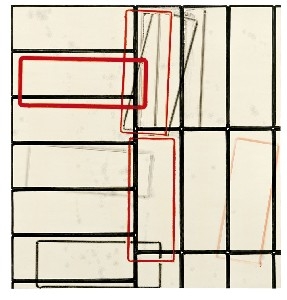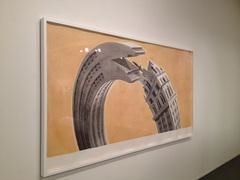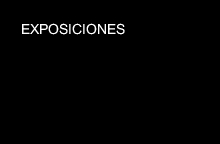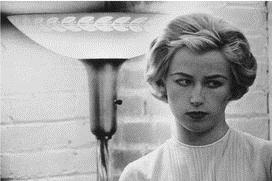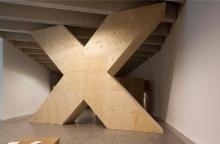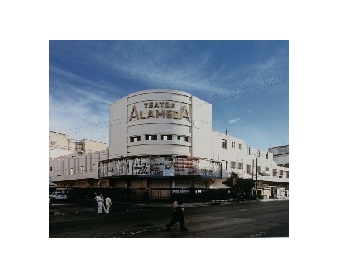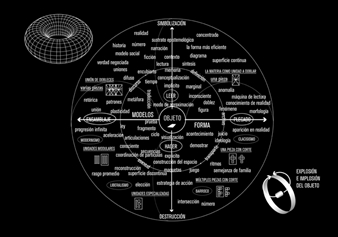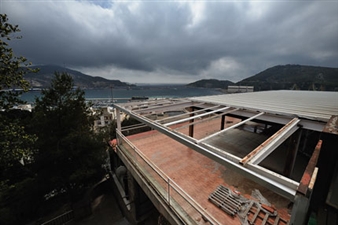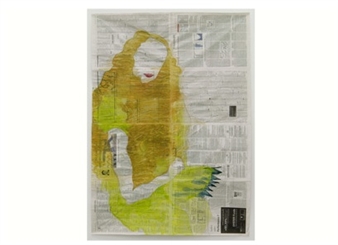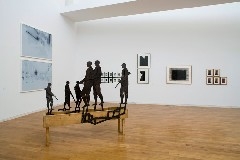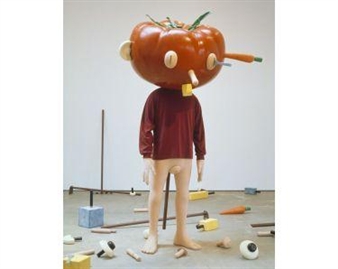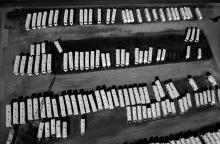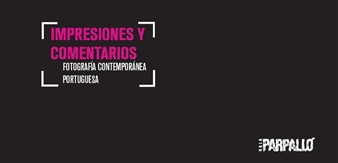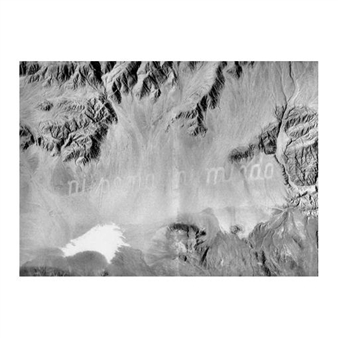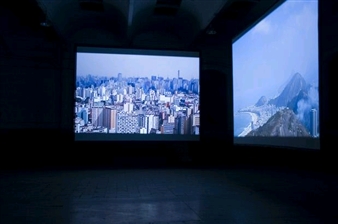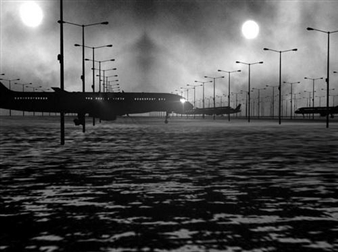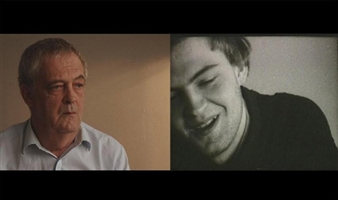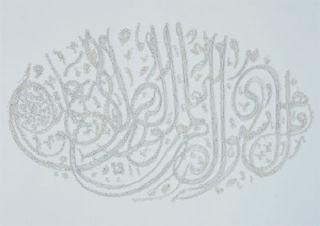Various Artists: Extranjero
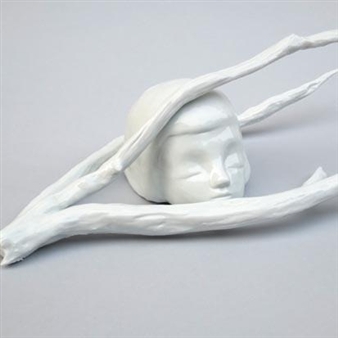
Distrito 4 Contemporary Art Gallery, Madrid, Madrid, 01/24/2013 - 03/01/2013
Conde de Aranda, 4
In a change in the place of residence by exiles, deportations and mass emigration, the visual arts found forms and practices of porous borders, which translate the experience of a world that is related? by the unstoppable flow of the global networks.
Overwhelmed by the burden of giving account of their continental identity, already hurting a destination that seemed inevitable, Latin American art through ingenuity, produced complex artistic practices, as well as poetry and criticism. It’s content which at the same time could parody and merge with other cultures of the new geographic destinations, generated unique forms of miscegenation that perforated known languages and established conventions.
In this way, the borders were no longer a limit, but passages created for the circulation of these artistic artifacts, fed by their feeling of uproot simultaneously and successively, not excusing or diluting cultures, but keeping it in tension with different traditions.
The distance moves us to internalize what we know and to make it real in what is new, through a surprised look that inspires the creation of syncretic languages and spaces of significant social and political event observation. They are forms that are in transit that are not a result of denying the origins but moreover to celebrate the momentum of new relations, beyond both the tourist transhumance as well as the prosaic multiculturalism.
Carolina Antich, Angela Detanico y Rafael Lain, Carlos, are the united artist in Extranjero. All were born in Latin America, all currently living in another continent.
-Minimum scenes, leaving aside narration, emotionally fragile characters lost in monotonous landscapes, are hallmarks of the paintings of Carolina Antich. How do you escape from that desolation that corrodes? A possible answer would be not to resist and to let yourself be embraced by the whatever the destination is. Facing the young man who embraces another he looks distracted to a child on top of the stone, glazes at the water that is taking away the young man with the current. No ostentatious drama, the gaze that is witness of fatalities and emotions, navigates without clinging to anything, only sometimes challenges head on.
-The couple of Brazilian artists Detanico and Lain have investigated stubbornly for more than a decade the mechanisms of communication, the relationships between language and text, creating their own visual alphabets. Their way of translating phrases into images, poems and aphorisms, doesn't sacrifice the sense of perception. Always beautiful, always minimum, the result is not exempt from an irreducible and hopeful power that makes one think that in our universe, uncontrolled tower of Babel, there is still place for understanding and poetry.
-It seemed to be a fundamental concern in the work of Carlos Motta and for the artist himself, to make this world a fairer place. Forgotten stories, lower class men and women, minorities deprived of basic rights, bloody wars appear in his work with stubborn insistence, illuminating the history until it becomes impossible not to pay attention to what he describes. Two of the photographs in the exhibit are part of the multimedia project Deus Pobre: Modern Sermons of Communal Laments (2011). The work that was developed in Porto, Portugal alludes to the Theology of Liberation, the movement born in Latin America in the '70 which claimed that the faith and the love of God should be unconditionally at the service of the poor. Motta calls into question with this work one of his primary concerns, the discussion on post colonialism and in addition, the role of the Portuguese church during the conquest. The other three works (2 triptychs and 1 diptych) are part of the project Ideological Monuments / Historical Relations (2012). The pictures belong to various monuments in public spaces in different countries of Latin America. The same pay tribute to heroes, politicians and situations related to the revolutionary struggles and independence.
The artist of Extranjero, like many others, are linked to their work with the task of rethinking the idea of family, identity, territory, religion, origin, language and homeland.
Sonia Becce
January 2013
